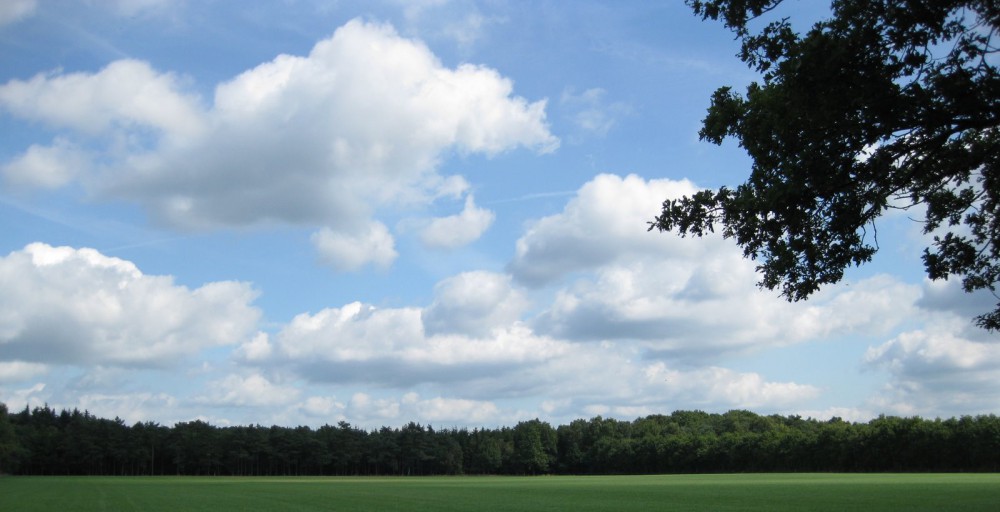Dear friends,
The purpose of Advayavada Buddhism is to become a true part of the whole.
Our quest is fully personalized: it is firmly based on what we increasingly know about ourselves and our world, and trusting our own intentions, feelings and conscience. Adherence to the familiar five precepts (not to kill, not to steal, sexual restraint, not to lie, and refraining from alcohol and drugs) and a well-considered understanding of the three (in Advayavada Buddhism, four) signs of being and the Buddha’s four noble truths suffice to start off on this Path at any time.
Advayavada Buddhism does not tell you what to do or believe, but invites us all to make the very best of our own lives by indeed attuning as best as possible with wondrous overall existence advancing over time now in its manifest direction. The Advayavada Study Plan (ASP) is repeated four times a year.
The purpose of the autonomous ASP is that we study (and debate in a local group, the family circle or with good friends) the meaning and implications of the weekly subject, not as a formal and impersonal intellectual exercise, but in the context of whatever we ourselves are presently doing or are concerned with, or about, such as our health, relationships, work, study, our place in society, etc.
(My personal specific objective this new quarter is to further investigate and explain to my fellow Buddhists in my country and elsewhere what is meant by the ‘whole’ in the non-dual and life-affirming philosophy and way of life we call Advayavada Buddhism – what’s yours?)
To commence this new weekly series, in week 40 we again study the impermanence of all things as thoroughly as we can; in Dutch: de veranderlijkheid van alles (het eerste kenmerk van het bestaan)
This task is based on the Buddhist aniccata (Pali) or anityata (Sanskrit) doctrine. Anicca or anitya means impermanent, changeable, unstable, transitory, and is the first of the three (in Advayavada Buddhism, four) signs or marks or basic facts of being: that which arises, dwells, and passes away. Buddhism teaches that impermanence or changeability is the most fundamental property of everything existing, without which existence itself (and progress) would not be possible.
Kind regards,
John Willemsens,
Advayavada Foundation.
@advayavada
